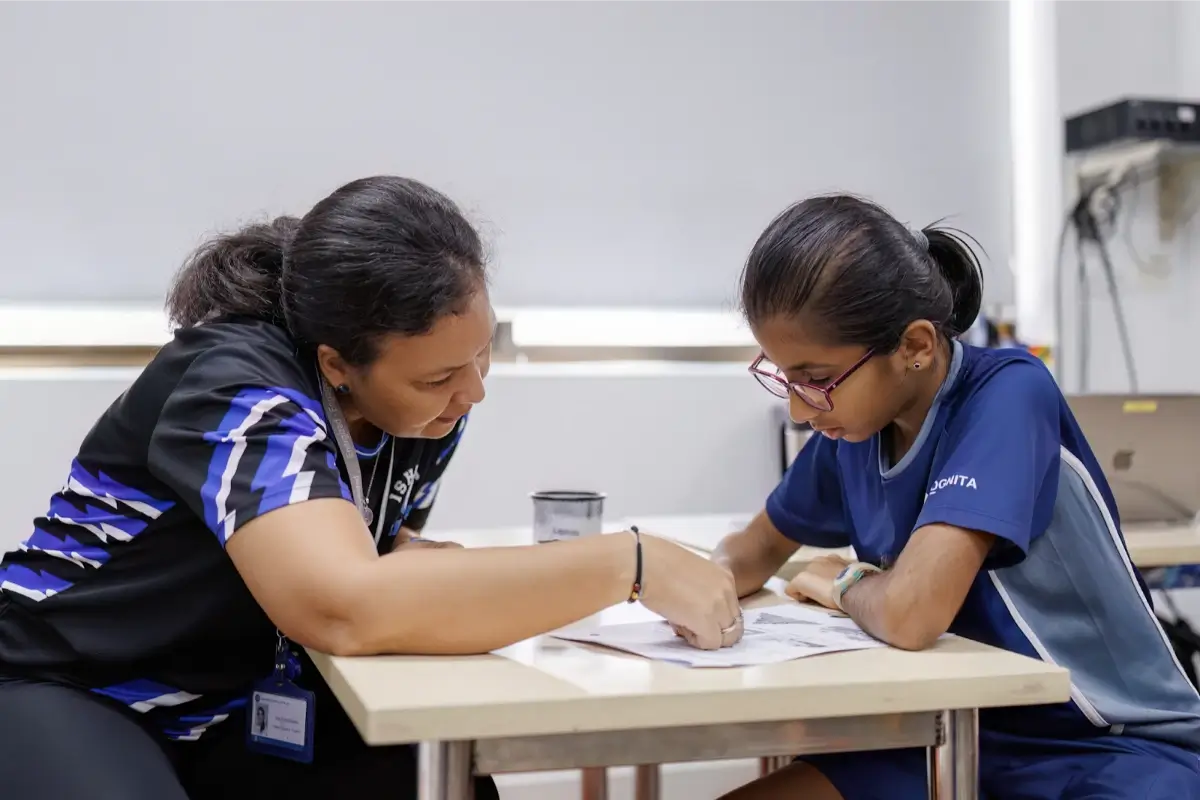Top 10 Benefits of Learning a Second Language for Kids
Language fluency gives children a competitive edge by strengthening their thinking, expanding their communication skills, and preparing them to succeed across cultures. Children who grow up bilingual or multilingual demonstrate higher adaptability, stronger thinking skills, and a greater ability to connect with people across cultures. These benefits extend beyond language class and position them for long-term academic and professional success.
At the International School Ho Chi Minh City (ISHCMC), language learning begins early and forms a key part of the educational journey. This approach fosters a strong foundation in communication, cultural understanding, and real-world readiness. These values help students become confident learners and globally competent citizens.
We’ll explore 10 powerful benefits of learning a second language that help children grow into confident, capable, and culturally aware individuals.
Importance of Learning a Second Language
Introducing children to a second language early in life activates mental pathways that enhance their ability to think, reason, and understand complex ideas. Language learning also builds a sense of cultural curiosity. Children who speak another language develop a stronger sense of empathy, broader perspectives, and more effective communication skills.
A second language equips children with more than vocabulary. It enhances how they listen, how they express themselves, and how they think through problems. When supported through a thoughtful curriculum, language learning reinforces social intelligence, leadership potential, and adaptability.
ISHCMC’s approach encourages students to ask questions, collaborate with peers, and develop ideas across disciplines. In language classes, students research, reflect, and apply their knowledge to real-world contexts. As a regular part of their schedule, students learn Vietnamese, Chinese, or Spanish, further enhancing their ability to think with greater depth, flexibility, and perspective.
10 Benefits of Learning a Second Language
Learning a second language reshapes how children think, learn, and relate to the world around them. These ten benefits highlight why early language education provides lasting value across every stage of a child’s life.
1. Stronger Cognitive Development
Language learning strengthens brain development during the early years when cognitive growth is most active. Children who learn a second language sharpen their memory, improve their focus, and become more skilled at switching between tasks. They process complex ideas more efficiently and think through problems with greater clarity. These advantages directly support academic success and daily decision making.
At ISHCMC, students build these skills through lessons emphasizing conceptual understanding and reflection. Teachers use language as a tool to develop thinking and problem solving skills, not for memorizing words.
2. Greater Academic Performance
Children who study a second language often perform better across core subjects. Their improved concentration and stronger cognitive flexibility support higher achievement in reading, writing, and mathematics.
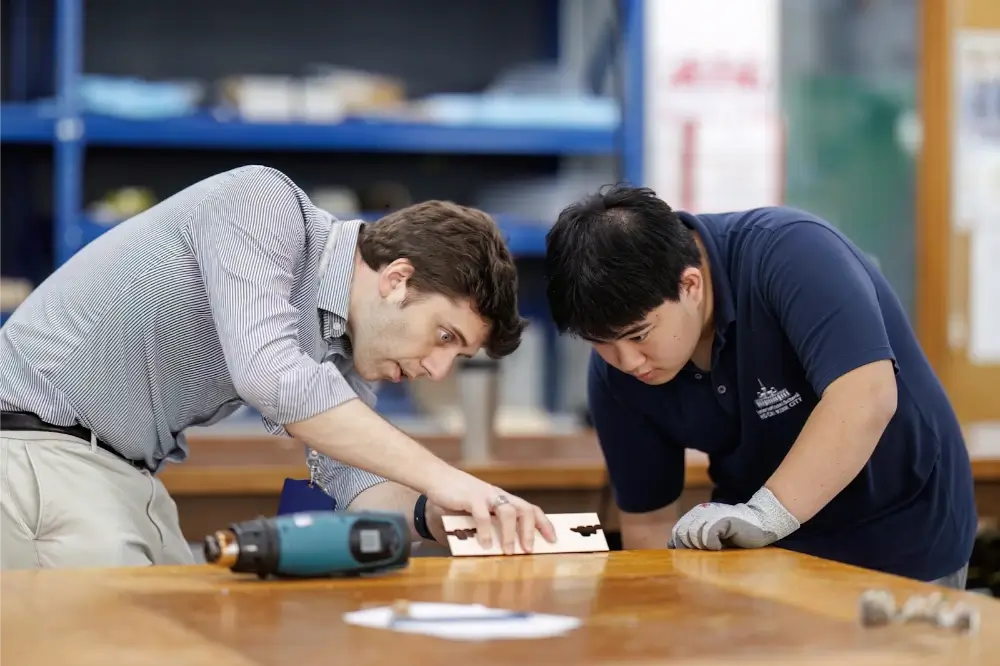
At ISHCMC, language education connects directly with other disciplines. Students apply what they learn in language class to projects in science, history, and design. This integrated approach builds confidence and deepens their understanding across subjects.
3. Enhanced Creativity and Critical Thinking
Switching between languages challenges children to process ideas from different perspectives, strengthening their ability to think with flexibility, creativity, and precision. They learn how to frame ideas differently, explore alternatives, and approach challenges with curiosity. Therefore, they become more comfortable working with unfamiliar problems and generating creative solutions.

At ISHCMC, language learning supports creativity through storytelling, visual expression, and collaborative projects. Students move beyond scripted dialogues by developing original ideas and presenting them across various formats and languages.
4. Advanced Communication Skills
Mastery of another language improves how children listen, speak, and write. They become more aware of tone, context, and cultural nuances. These skills strengthen their ability to express themselves with clarity and purpose.
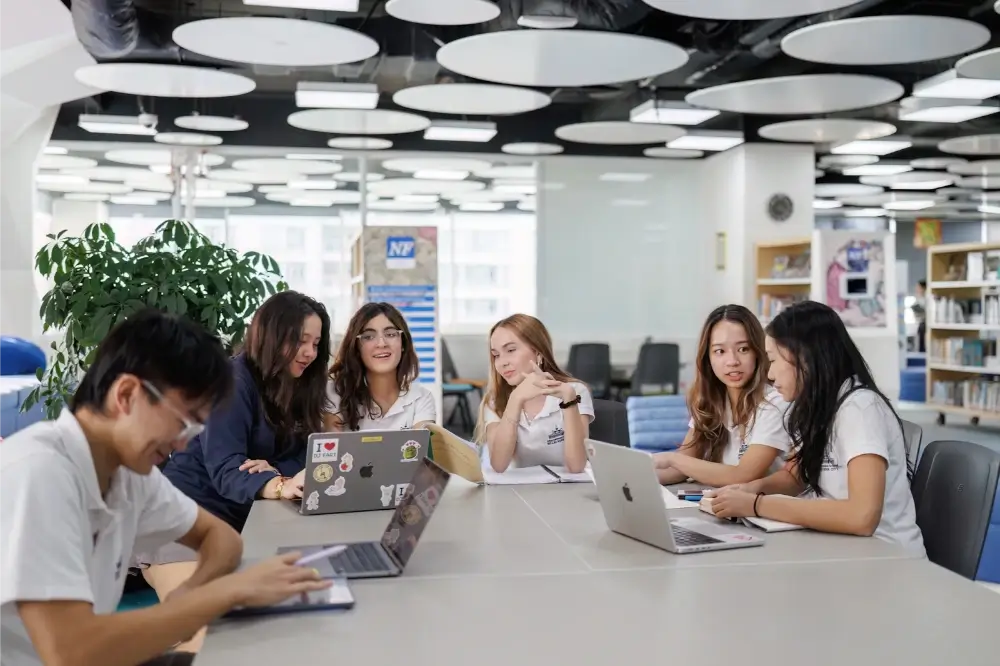
ISHCMC students regularly engage in presentations, debates, and collaborative group tasks. These opportunities sharpen their ability to speak with confidence and adapt their communication to different audiences.
5. Stronger Cultural Awareness and Empathy
Learning another language builds an appreciation for different cultures. Children begin to understand the values, customs, and beliefs that shape communities around the world. This awareness encourages empathy and social understanding.
The ISHCMC environment promotes diversity and inclusion. With 60 nationalities represented in the school community, students regularly engage in conversations and projects that celebrate cultural perspectives. Language classes provide structured opportunities to deepen this understanding and build respectful global citizens.
6. Higher Confidence and Self-Esteem
Achieving success in a second language gives children a visible sense of progress. They develop confidence through practice and learn that they can overcome challenges. This mindset positively impacts other academic subjects and personal goals.
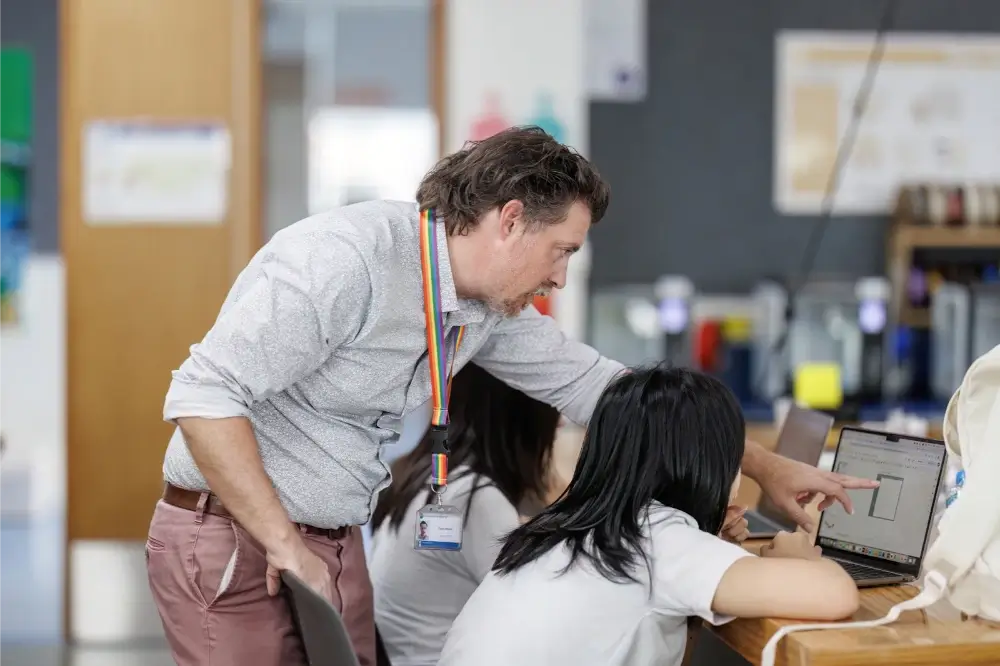
At ISHCMC, students receive feedback that supports growth and reflection. Teachers encourage participation and reward effort, helping children build confidence in their ability to communicate, take initiative, and lead.
7. Long-Term Career Advantages
Bilingual and multilingual individuals have more career opportunities and access to international markets. Employers in industries such as business, healthcare, education, and technology value candidates who can communicate across cultures and understand diverse clients or collaborators.
Through ISHCMC’s International Baccalaureate Diploma Programme and language pathways, students build a profile that positions them well for top global universities and future careers. Language becomes a strategic asset, not just a classroom subject.
8. More Resilient Learning Habits
Language learners develop the patience to practice and the courage to make mistakes. They learn how to stay focused, adjust strategies, and keep going. This resilience influences how they approach all forms of learning.
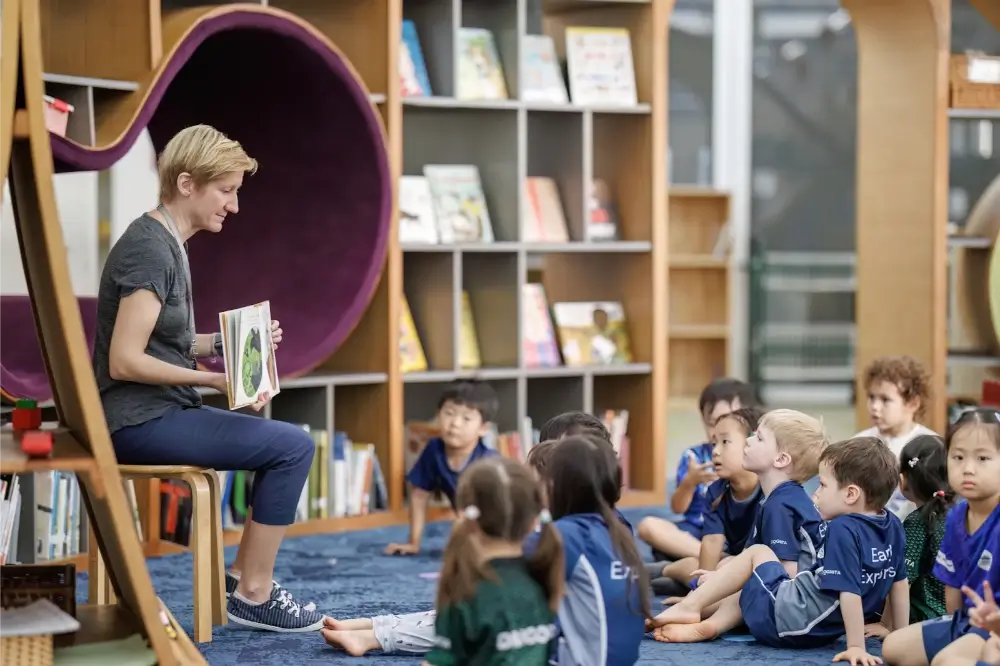
ISHCMC promotes resilience through the Approaches to Learning framework. Students set goals, track progress, and reflect on outcomes. These habits, practiced in language classes, influence how they approach all areas of learning.
9. Early Foundation for Lifelong Multilingualism
Children who learn a second language early find it easier to learn additional languages later. Their brains become more responsive to language patterns, pronunciation, and grammar structures. This early exposure creates a solid base for future multilingual proficiency.
ISHCMC supports long-term language growth by offering consistent exposure across grade levels. Students continue developing their language skills while engaging with culture, literature, and authentic experiences.
10. More Empathy and Global Perspective
Beyond academic or cognitive benefits, language learning teaches children to see the world from another person’s point of view. Understanding how others think and speak fosters deeper empathy. It prepares students to connect, lead, and contribute in culturally diverse settings.
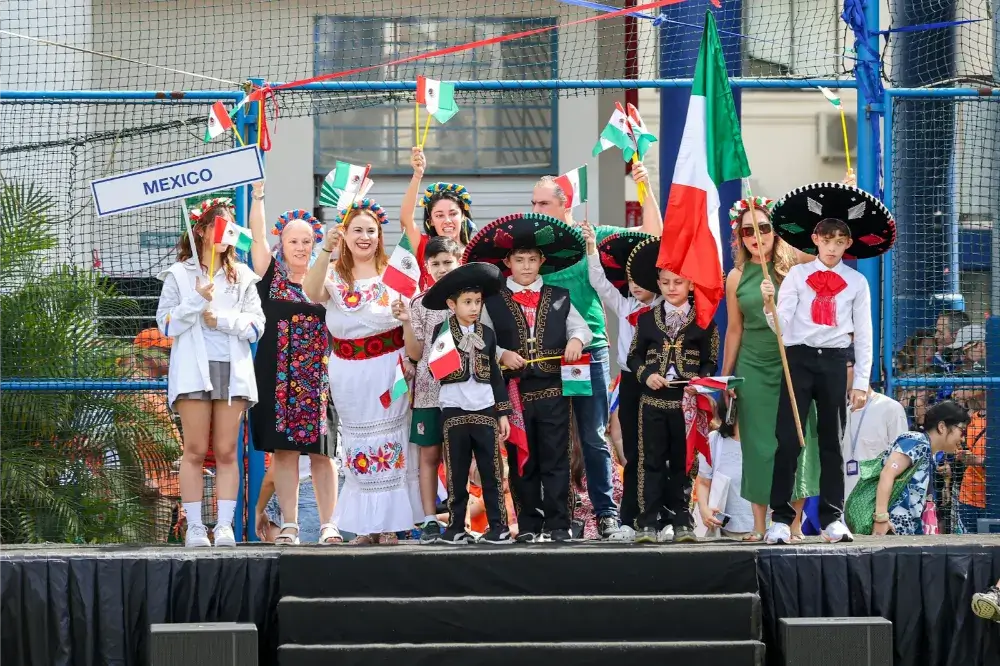
This global mindset is a core part of the ISHCMC mission. Students leave with the confidence to engage meaningfully in a world that requires cultural intelligence and human understanding.
Language Learning as a Pathway to a Global Mindset
Fluency in more than one language supports far more than academic excellence. It builds curiosity, global awareness, and the confidence to interact with the world beyond familiar boundaries.
At ISHCMC, language learning supports the school’s broader mission to develop engaged and empowered learners. Through inquiry, exploration, and meaningful communication, students grow into individuals who can lead, collaborate, and succeed in diverse contexts.
If you are looking for an education that prepares your child to thrive in a global future, ISHCMC offers the environment, guidance, and language programs to support that vision.
Inquire today and discover how a second language can shape your child’s future with purpose and confidence.

